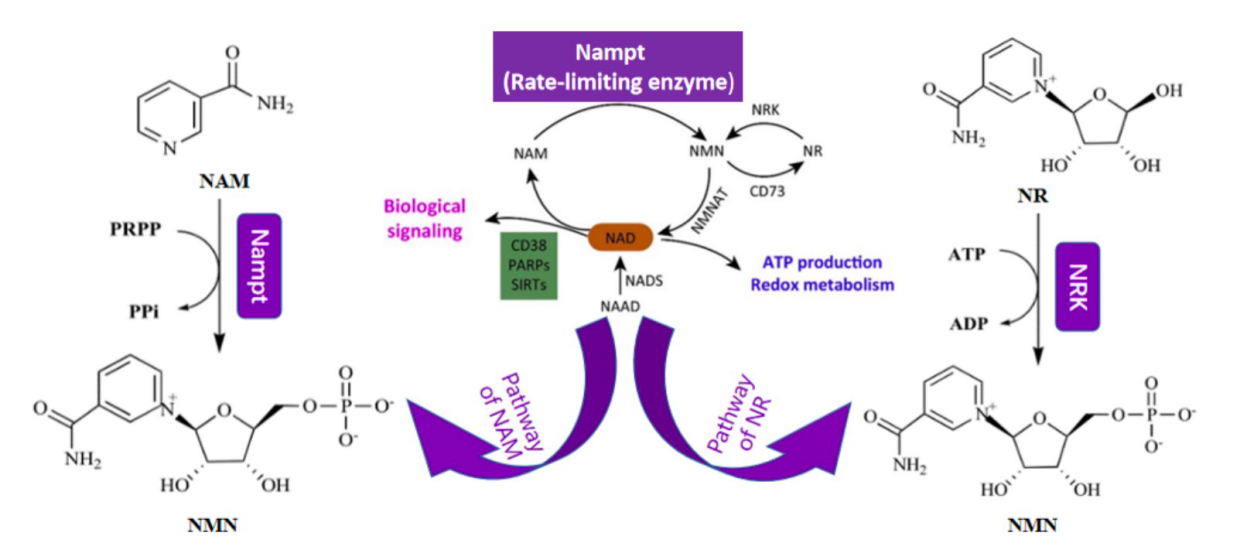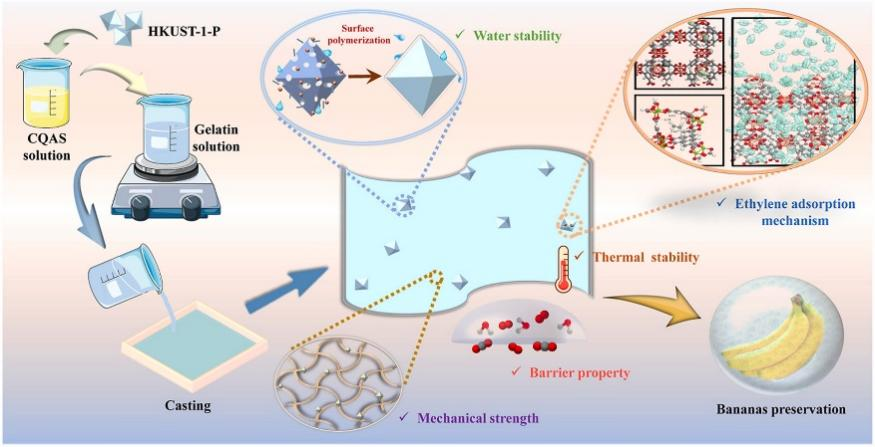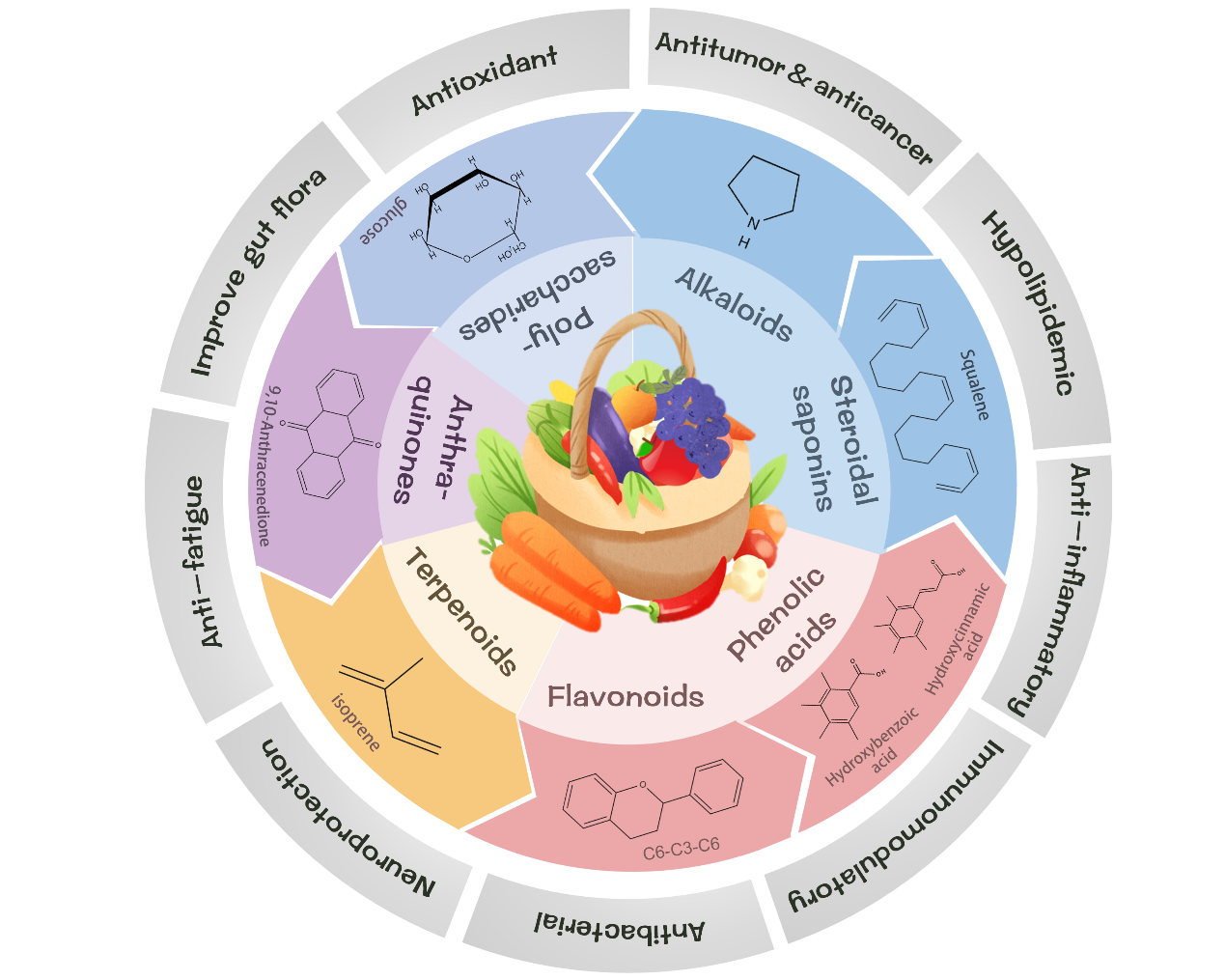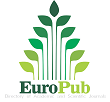Vol. 1 No. 1 (2023)
Published:
2023-06-30
Editorial
-
 Open Access
Open AccessArticle ID: 12
Article
-
 Open Access
Open AccessArticle ID: 7
Review
-
 Open Access
Open AccessArticle ID: 13
-
 Open Access
Open AccessArticle ID: 14
-
 Open Access
Open AccessArticle ID: 1







.jpg)
.jpg)

